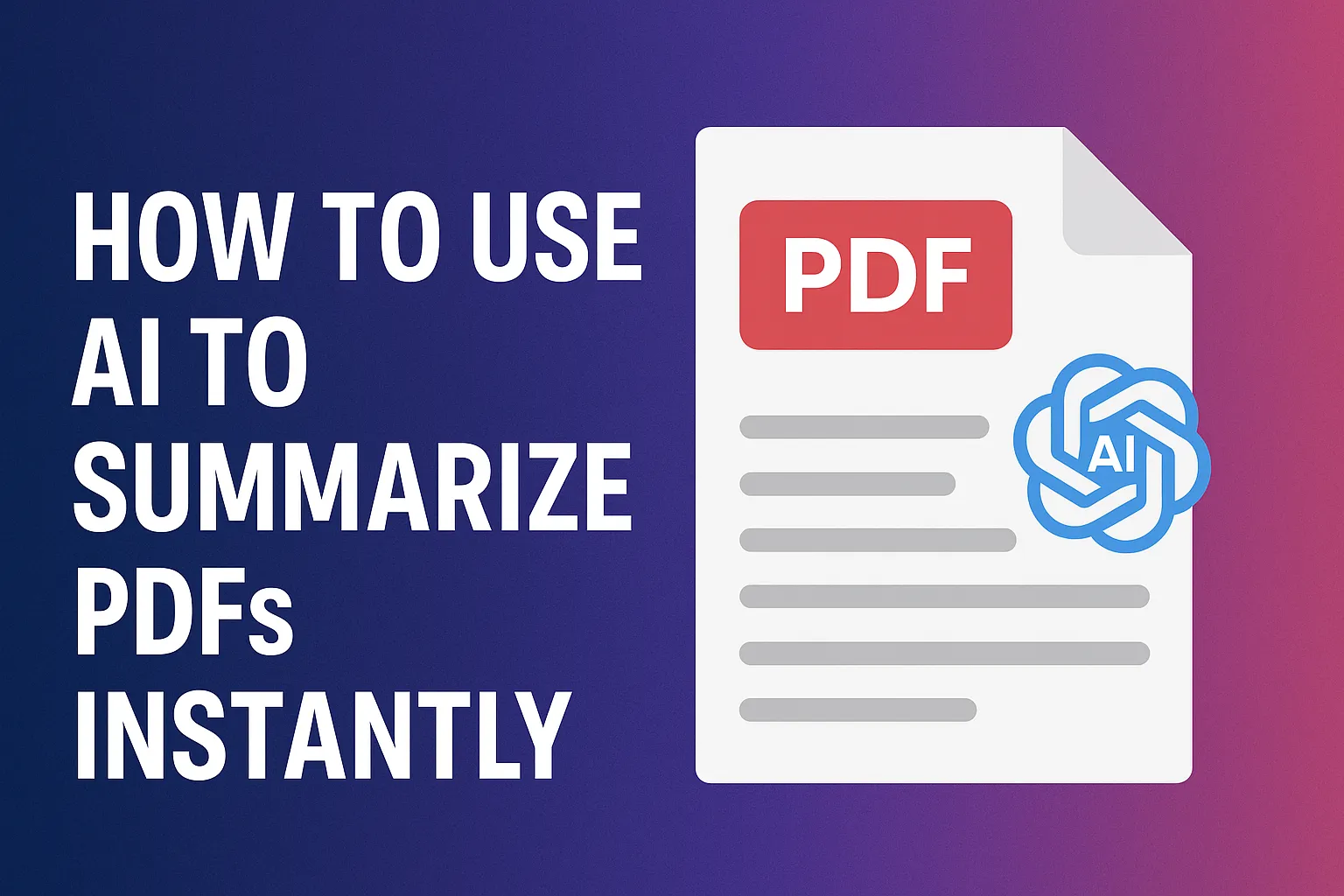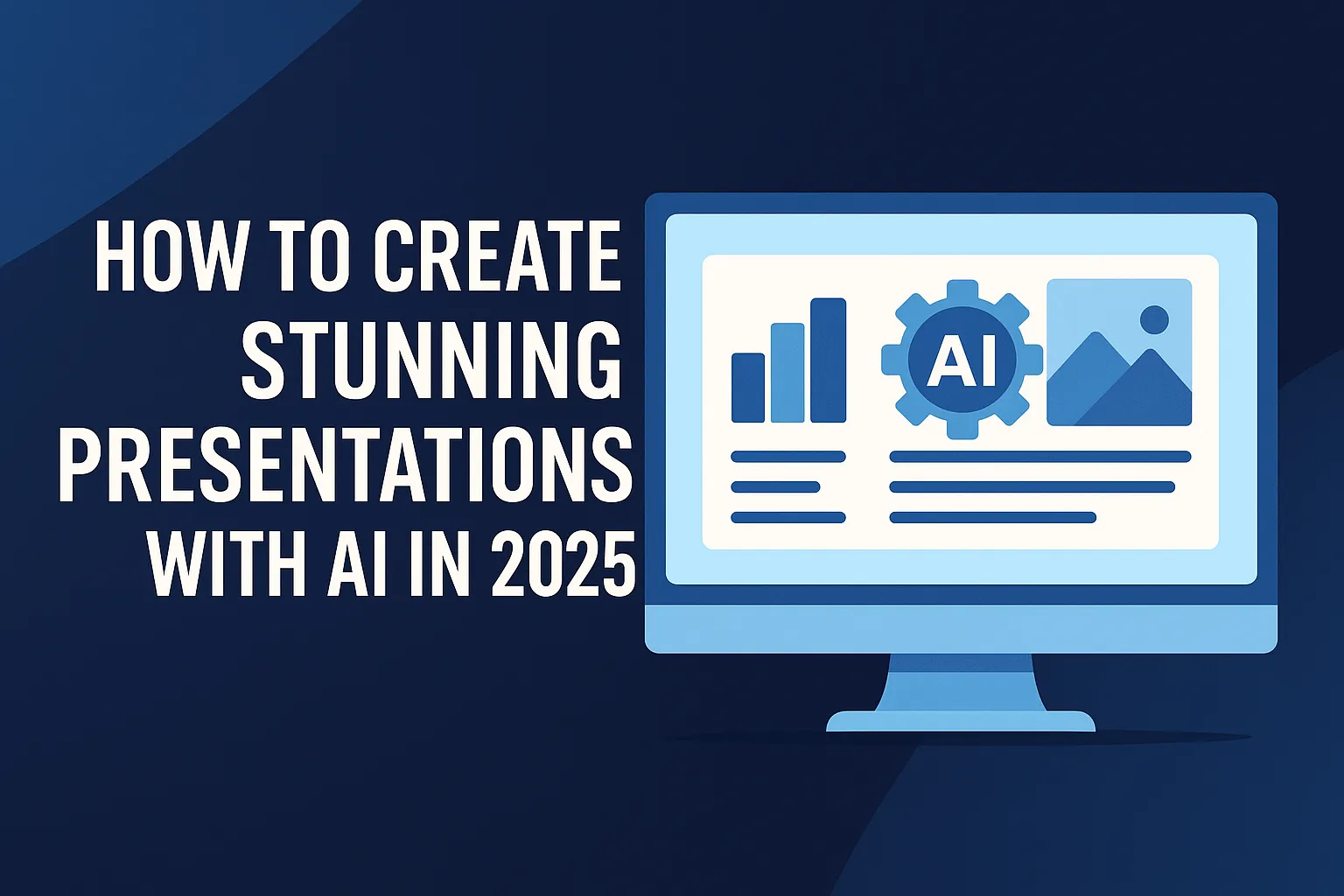Best AI Tools for Writing Code Faster in 2025
Best AI Tools for Writing Code Faster in 2025 AI is transforming software development. Instead of spending hours writing boilerplate code or debugging, developers can now rely on AI-powered assistants to speed up the process. In 2025, these are the best AI tools to write code faster and smarter. Why Use AI for Coding? Generate … Read more










